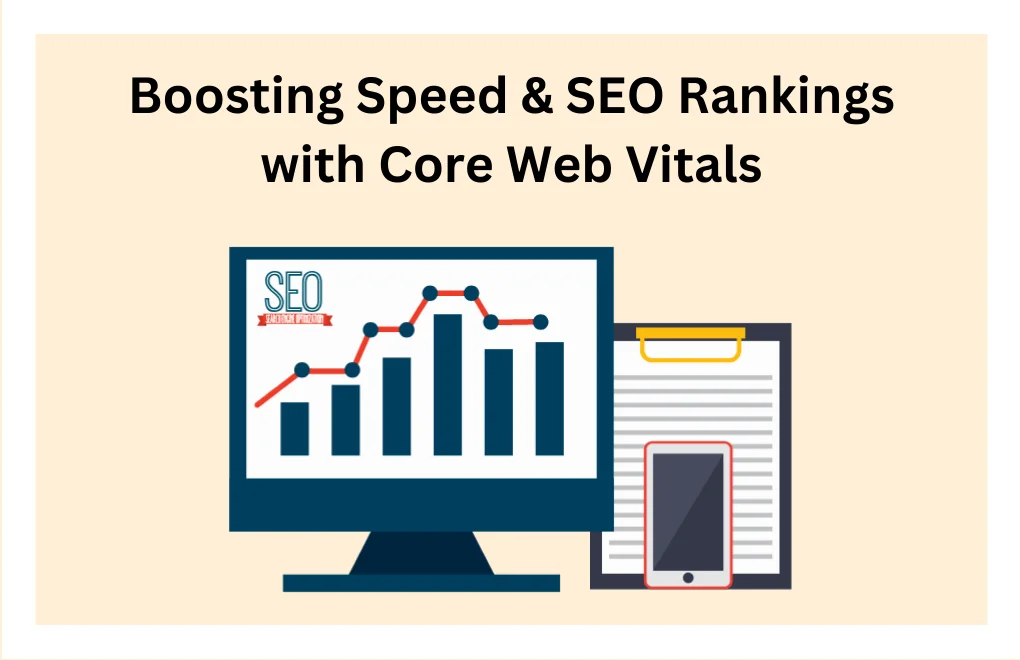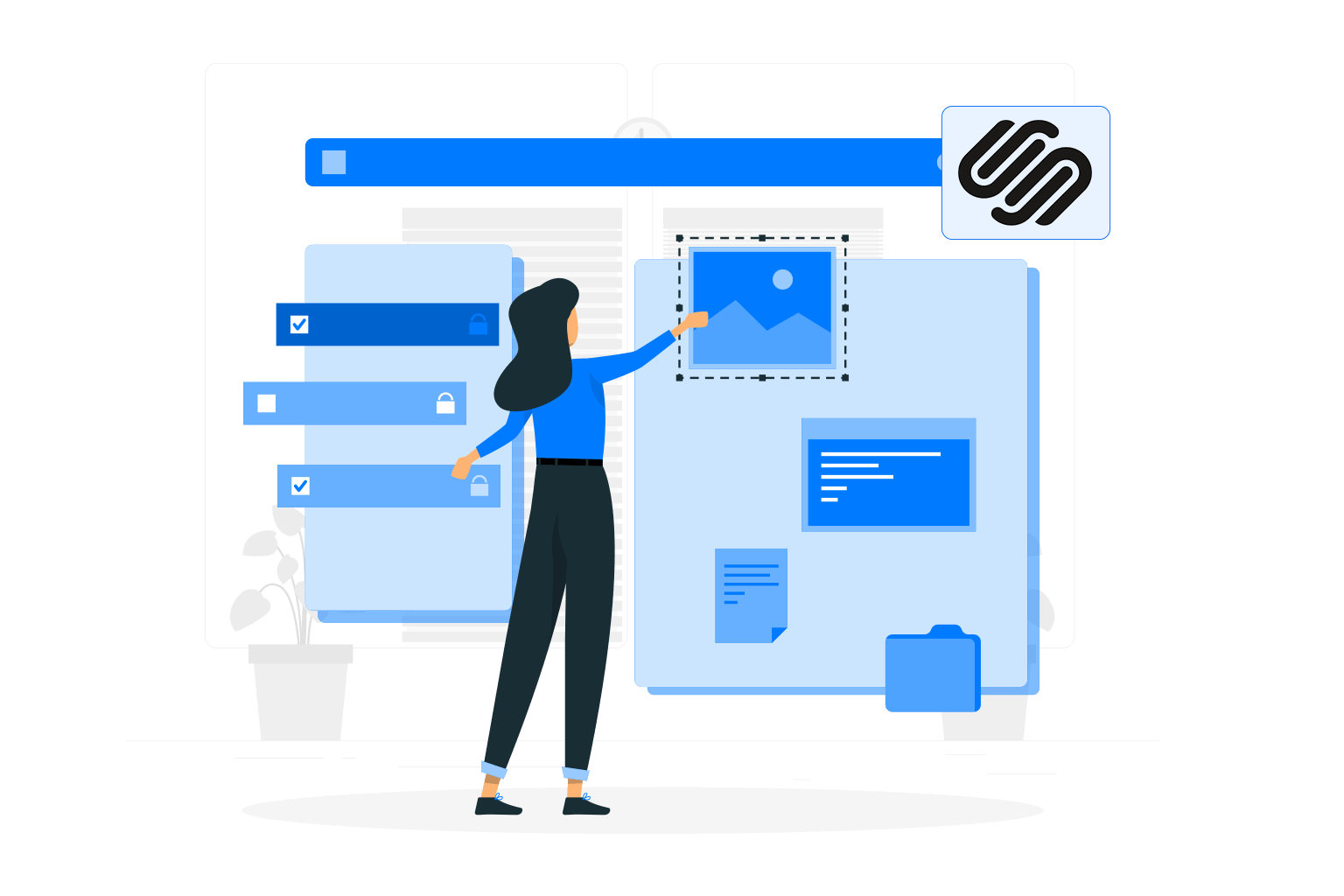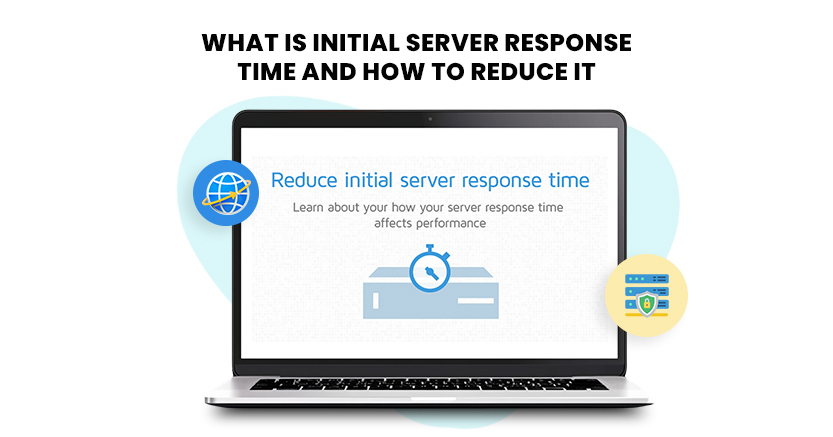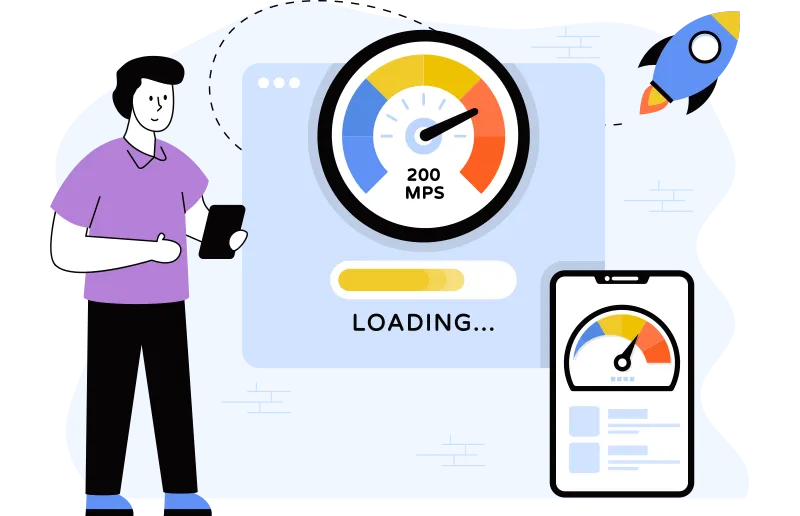1. Introduction
Core Web Vitals (CWV) are a set of important measures that tell us how well a website performs and how enjoyable it is for users. These metrics not only make websites better but also affect how high they appear in search results. Whether you have a store on Shopify or BigCommerce, Core Web Vitals plays an important role in improving website speed and performance.
Therefore, to fix your problem, we came up with a blog. In this write-up, we will explain the basics of Core Web Vitals, how they impact your ecommerce store performance, and how to fix them properly. So, let’s begin with it to optimize your store for success.
2. Core Web Vitals Explained
Core Web Vitals are like the report card for websites. They focus on three main things: how fast a page loads its main content (Largest Contentful Paint or LCP), how quickly it responds to your actions (First Input Delay or FID), and how stable everything looks while the page is loading (Cumulative Layout Shift or CLS).
Largest Contentful Paint (LCP):
It measures the speed at which your store loads on search engines. It evaluates data such as an image or text block to examine the performance.
First Input Delay (FID):
It shows and evaluates data such as how much time the store takes to respond to a user query and many more, such as clicking a button, filling out a form, etc. It is important for enhancing user interactivity with your website.
Cumulative Layout Shift (CLS):
It measures the visual stableness of your web page content. Sometimes, without clicking on the link, the user is redirected to a different site and ad due to incorrect layout changes.
Interaction to Next Paint (INP):
INP (Interaction to Next Paint) measures how quickly a webpage becomes responsive after a user action. It’s vital for user experience, with a lower value indicating a smoother interaction. This metric is crucial for optimizing websites and ensuring a seamless browsing experience
Core Web Vitals are important as they not only boost the website loading speed. Additionally, they magnify the user experience of your store. Search engines like Google rank the websites that show words well and provide a good experience to viewers. Whether you are a Shopify store owner, it’s equally important to fix your Shopify core web vitals for enhanced user experience.

Want to read this blog offline?
No worries, download the PDF version
now and enjoy your reading later…
 Download PDF
Download PDF 3. Importance of Core Web Vitals
Core Web Vitals is important for many reasons, some of which we have mentioned below.
Better User Experience: First of all, the main aim of Core Web Vitals is to enhance the user experience; apart from that, it also boosts the speed of your website’s loading responsiveness and provides a seamless browsing experience.
Happier Users: When your website works effectively and loads quickly, it makes the user happier. A fixed Core Web Vitals ensures that users are getting everything they want with an enhanced experience.
Lower Bounce Rates: Website that takes time to load mostly ranks low on the search results. So Core Web Vitals helps your ecommerce store to rank high and reduce its bounce rate.
Boosted SEO: Search engines like Google supports website that provides that load faster and works efficiently. Thus, it also boosts your store’s SEO efforts by increasing its ranking on search engines.
Page Experience Matters: Core Web Vitals play a big role in search engines. A website with fixed Core Web Vitals ensures high visibility in search engine result pages.
Engaged Users: A well-optimized website keeps users engaged with the website. They provide users with everything they need and keep them longer on the site. It leads to enhanced click-through rates and conversions.
Mobile-Friendly: Core Web Vitals makes your website mobile-friendly and optimized. It means your store content will appear the same across all devices and improves website ranking on mobile search results.
Competitive Edge: Ecommerce stores that fix the Core Web Vitals always stay ahead of the competition. They enjoy a high reach and cover a wide audience base.
Global Reach: It also helps the website to serve international users and breaks geographical boundaries.
Thus, this is the importance of Core Web Vitals for your ecommerce business success. Additionally, now it’s time to know what hampers its performance and causes the poor Core Web Vitals.
4. Causes of Poor Core Web Vitals
Several things can make Core Web Vitals not so great on a website:
Large Images and Resources: When websites have big images and heavy files, it can slow them down. This affects how quickly you see the main stuff on a page (LCP). To make things better, we need to make images smaller without losing quality.
Render-Blocking JavaScript: Fancy features on websites often use JavaScript, but if it’s not used wisely, it can make pages slow to respond (FID). We need to be smart about which scripts we use and when.
Slow Server Response Times: Sometimes, the computer that stores a website takes too long to respond to your request. This makes pages load slowly, which isn’t great for Core Web Vitals. To fix this, websites need to use faster computers and networks.
Unoptimized CSS: CSS is like the style guide for web content. If it’s messy, pages can load weirdly and feel unstable (CLS). Cleaning up CSS helps.
Third-Party Scripts and Resources: Many websites rely on other companies’ tools for ads, social media, and more. But these can also slow things down.
Websites need to balance the good stuff these tools do with how they affect Core Web Vitals.
After knowing what affected Core Web Vitals, it’s time to assess them using multiple tools.
Faster Pages, Happier Customers – Guaranteed!
Fasten up Bigcommerce Store5. Assessing Core Web Vitals
Now, let’s see how to check a website’s Core Web Vitals using tools from Google:
Google PageSpeed Insights: This tool rates a website’s performance. You just type in a website’s address, and it tells you how well it’s doing. It’s like a health check for websites.
Google Search Console: This tool shows how a website is doing in Google search results. It also gives you info about Core Web Vitals. If you see something wrong, you can try to fix it.
Lighthouse: Lighthouse is another Google tool. It checks how fast a page loads and gives tips on what to fix. It’s like a speedometer for websites.
Now, you need to know the methods to improve various elements of Core Web Vitals. Additionally, if you are a BigCommer store owner, then fixing BigCommerce Core Web Vitals is also necessary.
6. Web Performance Metrics and Continuous Improvement
Largest Contentful Paint (LCP)
LCP is all about speed. It measures how fast the biggest thing on a webpage loads, like a big image or headline. If this takes too long, it can be frustrating. To make LCP better, we can make images smaller and use faster servers.
Image optimization is a process of compressing the image size to make it short. Additionally, you can choose a fast hosting server to enhance the performance of LCP.
First Input Delay (FID)
FID is about how quickly a webpage reacts when you click on something. Slow reactions can be annoying. To improve FID, websites can use smaller, smarter scripts and load them only when needed.
FDI can be improved by reducing the HTTP requests on your website, choosing the right scripts, and loading the important content first rather than the rest.
Cumulative Layout Shift (CLS)
CLS is about how stable things look while a webpage loads. If elements suddenly move, it can be confusing. To fix CLS, websites should save space for images and ads and load fonts and styles efficiently.
Optimize the website content, fonts, meta description, and more to customize and speed up the CLS performance.
Interaction to Next Paint (INP):
To boost Interaction to Next Paint (INP), streamline code (HTML, CSS, JS) for efficient execution. Minimize HTTP requests by combining files like CSS and JavaScript. Prioritize critical resources for swift loading. Implement lazy loading for non-visible content.
Consider a Content Delivery Network (CDN) for faster content delivery. Optimize images for smaller file sizes. Enable browser caching and reduce server response time. Keep everything updated for performance enhancements. These steps will significantly improve webpage responsiveness and user experience
Monitoring and Continuous Improvement
It’s important to keep an eye on Core Web Vitals over time. Regular check-ups help find issues before they become big problems. Tools and audits can help spot and fix things that slow websites down. Listening to what users say can also give ideas for improvement.
Conclusion
Thus, fixing the Core Web Vitals is necessary, it can boost your website performance, speed, and overall functionality. Therefore, in this blog, we have explained everything about Core Web Vitals and why you should care about it. Additionally, we explored the reasons for slow Core Web Vitals and how to fix them.
Consequently, for ecommerce websites, MakkPress Technologies is a fine ecommerce marketing agency that is profound in fixing the Core Web Vitals. So, you can easily contact MakkPress Technologies to fix this issue and experience enhanced website performance.
October 9, 2023
Leave a Comment
















































